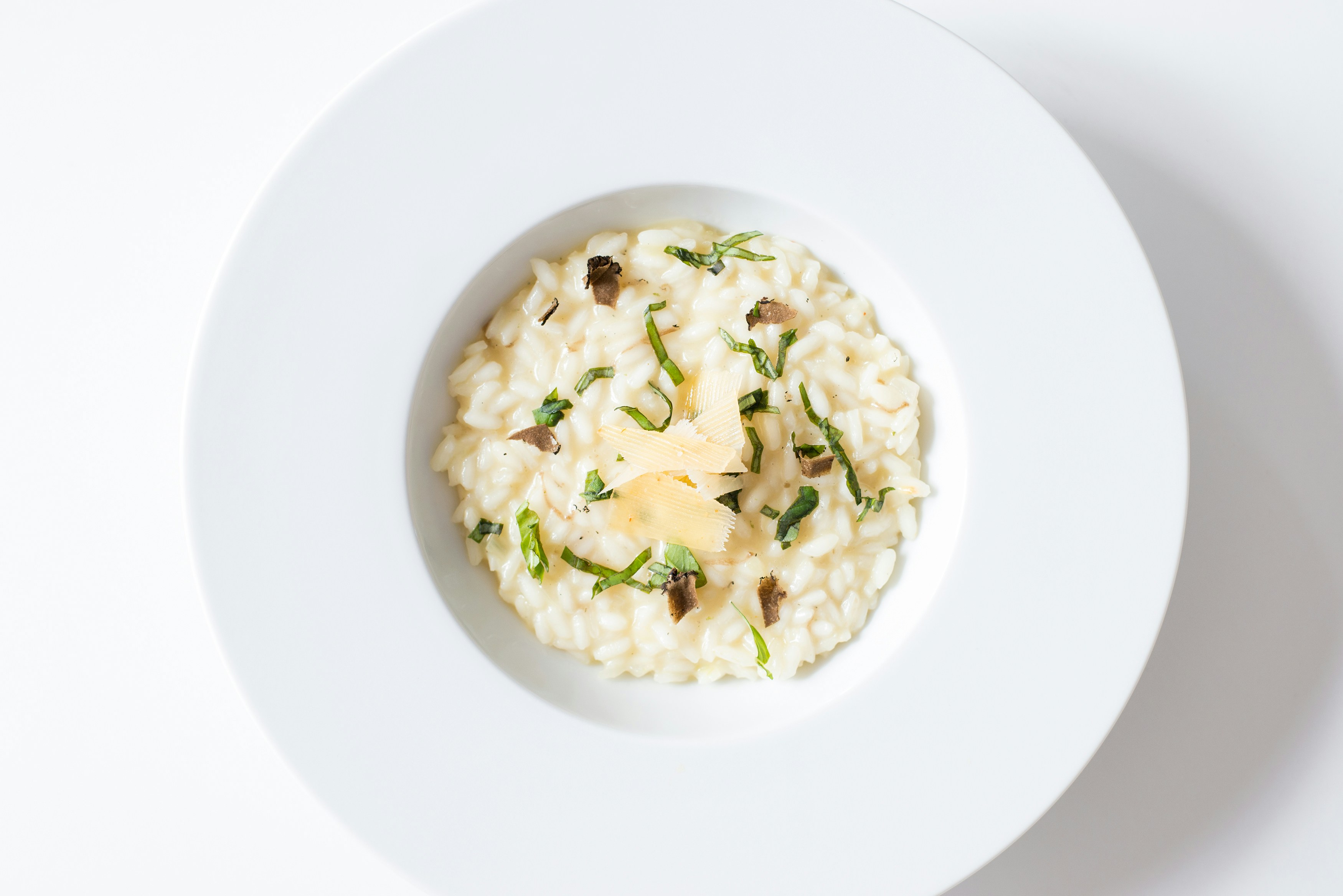The Litmus Test of American Cookery

Ah, the classic "litmus test." In its most literal sense, a litmus test comes from chemistry. It involves using litmus paper to test the acidity or alkalinity of a solution. But in a figurative sense, a litmus test is a single, decisive factor that reveals the true nature or quality of something. It's a straightforward method to determine the presence or characteristics of a particular attribute.
When we say a dish is the "litmus test" of a cuisine, what we mean is it’s a dish that, if you can prepare it well, reveals the true nature of your skills. Mastering a “litmus dish” indicates your high level of competence. It reflects your overall understanding of technique as well as your education in culinary tradition. Essentially, a litmus test in cooking is a deceptively simple dish that reveals a chef's true culinary prowess. If you can nail the litmus dish, you're likely a competent and skilled chef in that particular cuisine.
Two classic examples of litmus tests in cooking are the French omelet and Italian risotto. Both of them involve very simple ingredients and are a straightforward dish, but they are deceptive. They’re shockingly difficult to master! Let me explain a little:
The French Omelet
The humble omelet. Sounds simple, right? Wrong. It’s a culinary minefield. In fact, the French omelet (alternatively spelled omelette) is so niche that I couldn’t find a free stock photo to use for this article!
Technique and Precision: An omelet is a true test of a chef's technique. The eggs must be perfectly whisked to incorporate just the right amount of air, cooked at a precise temperature, and folded with exacting care to create that silky, custard-like texture inside without any browning on the outside. Any idiot can scramble eggs; it takes a master to make a flawless French omelet.
Speed and Timing: The whole process should take no more than a couple of minutes. Too slow and you’ve got a rubbery disaster; too fast and it’s raw. It's about knowing exactly when to fold and when to stop the cooking process.
Subtlety of Flavor: There’s no hiding behind bold flavors or fancy ingredients here. It’s all about the eggs, butter, salt, and a touch of fresh herbs. If you mess this up, there’s no rescue.

The Italian Risotto
Now, onto risotto: a creamy rice dish that’s more demanding than your dog asking to go outside the moment you sit down to watch TV.
Constant Attention: Risotto is a demanding diva. It requires near-constant stirring to release the starches from the rice, creating that luscious creamy texture. Walk away and you're left with a clumpy mess or, worse, something that could double as cement.
Liquid Management: You can’t just dump all the liquid in at once like a barbarian. It’s a delicate dance of adding ladles of broth and letting the rice absorb it slowly. The chef must have an innate understanding of how the rice is cooking and how much liquid it needs at any given time.
Perfect Consistency: The final product should be creamy and fluid, not too thick and not too soupy. Achieving this perfect consistency is a balancing act that only a skilled chef can manage.
Layered Flavors: Unlike the French omelet, risotto often includes a variety of ingredients that must be balanced perfectly. The base flavors, the choice of broth, the timing of adding ingredients like cheese or butter – all need to be in harmony.
Why These Dishes?
Both the omelet and risotto are simple in theory but incredibly complex in execution. They require:
Mastery of Basic Techniques**: You can’t hide behind complicated recipes or fancy ingredients. These dishes strip it all back to the basics.
Precision and Timing**: Both dishes require perfect timing and precision, reflecting the chef’s ability to control and understand their cooking environment.
Showcasing Ingredients**: They highlight the quality of the ingredients used, forcing chefs to focus on sourcing the best.
In essence, these dishes are the culinary equivalent of a tightrope walk without a safety net. One wrong move and you’re done for. So, next time you see a chef whip up a perfect omelet or risotto, remember you’re witnessing the result of years of training, practice, and probably a few kitchen-induced breakdowns.
So What About the American Litmus Test?
Okay, this isn’t an official thing. You won’t see it written in a textbook anywhere, and the nation’s most famous culinary schools won’t be peddling it. However, in my opinion, we’ve got a number of dishes in American cuisine that could all make an incredible litmus test. Here are my main contenders:
- Apple pie: It is incredibly difficult to nail a perfect crust.
- Barbecue: You can make a meal so good that it brings people to tears, and all it takes is meat and salt. Oh yeah, and a whole ton of know-how.
- Cheeseburgers: Everyone has made a cheeseburger before. But what truly separates the plebs from the pros?

I’ve written about burgers many times, so I’m not going to get deep into them again now, but here’s what I’ll say: if you can make a burger that makes people cry for joy, and even fellow chefs applaud, then congratulations—you’re an accomplished American cook.
If you haven’t mastered the burger and don’t want to, then don’t worry about it. All of this is made up anyway, and you can master your own recipes.
Have you mastered your own burger? Let me know how you do it in the comments below.
 Matthew Christensen
Matthew Christensen
Weekly Newsletter Contributor since 2023
Email the author! matthew@dvo.com
